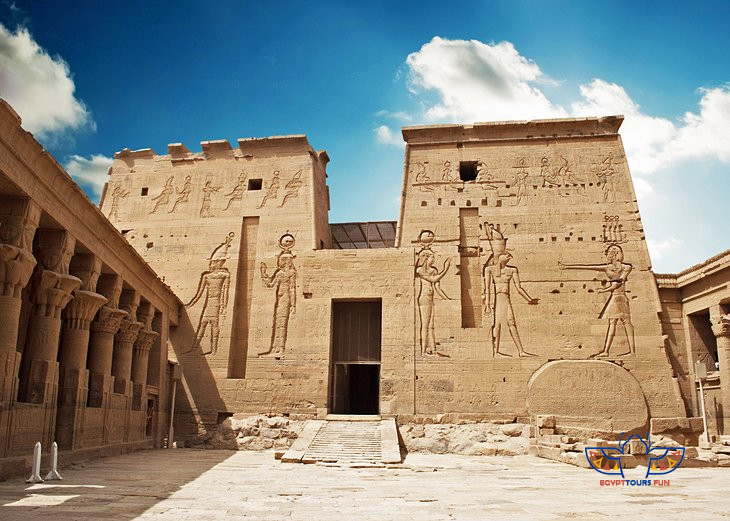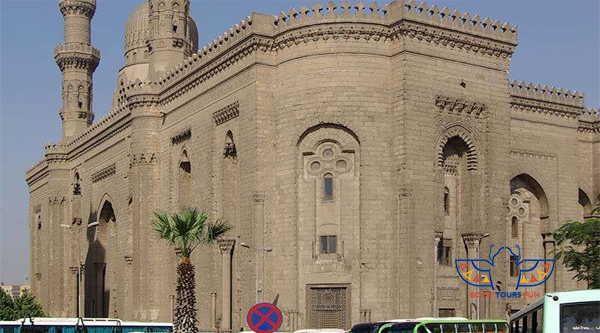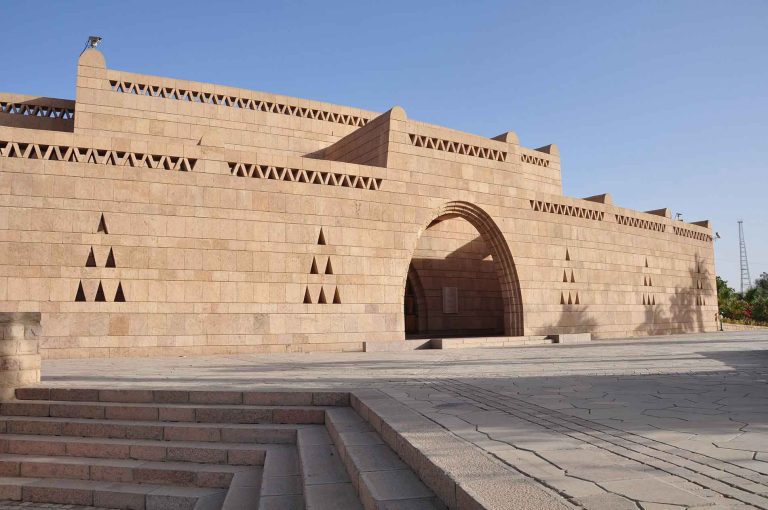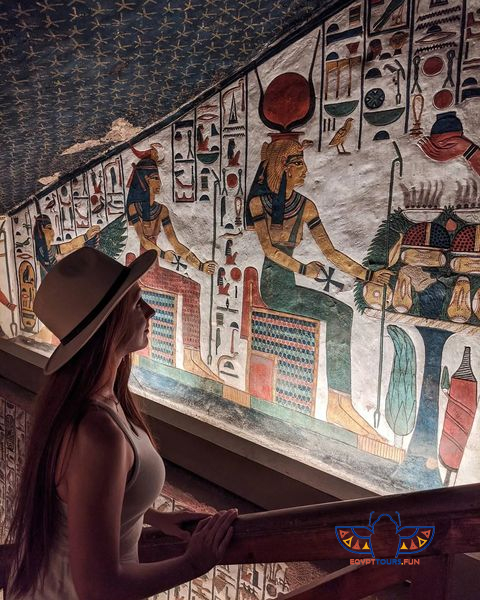The Coptic Museum (Cairo): A Treasure Trove of Christian Heritage in Egypt
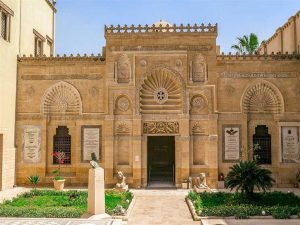 Nestled in the heart of Old Cairo, the Coptic Museum is a cultural gem that showcases the rich history and artistry of Egypt’s Christian community. Established in 1910, the museum houses one of the world’s most extensive collections of Coptic artifacts, offering visitors a glimpse into the religious, cultural, and artistic legacy of Coptic Christianity. This article provides a detailed overview of the Coptic Museum, its history, architecture, exhibits, and significance, targeting the most important keywords for Google Search.
Nestled in the heart of Old Cairo, the Coptic Museum is a cultural gem that showcases the rich history and artistry of Egypt’s Christian community. Established in 1910, the museum houses one of the world’s most extensive collections of Coptic artifacts, offering visitors a glimpse into the religious, cultural, and artistic legacy of Coptic Christianity. This article provides a detailed overview of the Coptic Museum, its history, architecture, exhibits, and significance, targeting the most important keywords for Google Search.
1. Overview of the Coptic Museum
Location and Setting
Location: The museum is located within the Fortress of Babylon, a historic area in Old Cairo that is also home to the Hanging Church and other significant Christian landmarks.
Surroundings: The museum is part of the Coptic Cairo complex, a UNESCO World Heritage Site that attracts visitors interested in Egypt’s Christian heritage.
Mission and Vision
The Coptic Museum aims to preserve and promote the cultural and religious heritage of Egypt’s Coptic community, which dates back to the early centuries of Christianity.
2. History and Development
Founding of the Museum
Founder: The museum was established by Marcus Simaika Pasha, a prominent Coptic intellectual and politician, in 1910.
Purpose: Simaika sought to protect Coptic artifacts from being lost or sold abroad and to create a space where the Coptic community’s history could be celebrated.
Expansion and Renovation
Early Years: The museum initially housed artifacts in a small building within the Coptic compound.
Renovation: In 2006, the museum underwent a major renovation, modernizing its facilities and expanding its exhibition space.
3. Architectural Design
Exterior Design
Style: The museum’s architecture blends Coptic, Islamic, and European influences, reflecting the diverse cultural heritage of Egypt.
Courtyard: The museum features a beautiful courtyard with lush greenery, fountains, and decorative arches, creating a serene atmosphere.
Interior Layout
Exhibition Halls: The museum is divided into 12 sections, each dedicated to a specific aspect of Coptic history and art.
Artistic Details: The interior is adorned with intricate woodwork, stained glass windows, and frescoes inspired by Coptic designs.
4. Exhibits and Collections
Highlights of the Collection
Manuscripts and Texts: The museum houses rare Coptic manuscripts, including early Christian texts and fragments of the Nag Hammadi Library.
Icons and Frescoes: A stunning collection of Coptic icons and wall paintings depicting biblical scenes and saints.
Textiles and Tapestries: Exquisitely woven fabrics showcasing the artistry of Coptic weavers.
Stonework and Sculptures: Intricately carved stone reliefs and sculptures from churches and monasteries.
Pottery and Metalwork: Everyday objects and religious items made from clay, glass, and metal.
Interactive and Educational Features
Guided Tours: Knowledgeable guides provide insights into the exhibits and Coptic history.
Multimedia Displays: Interactive screens and videos enhance the visitor experience.
5. Significance and Impact
Cultural Importance
The Coptic Museum is a vital institution for preserving Egypt’s Christian heritage, which dates back to the 1st century AD.
It highlights the contributions of the Coptic community to Egypt’s cultural and religious landscape.
Tourism and Education
The museum attracts scholars, historians, and tourists interested in early Christianity and Coptic art.
It serves as an educational resource for students and researchers studying Coptic history and culture.
6. Visiting the Coptic Museum
Location and Accessibility
The museum is easily accessible from central Cairo, with nearby attractions including the Hanging Church and Ben Ezra Synagogue.
Tickets and Hours
Tickets can be purchased at the museum entrance, with discounts for students and groups.
The museum is open daily, with extended hours during peak tourist seasons.
Guided Tours
Professional guides are available to provide in-depth insights into the exhibits and Coptic history.

